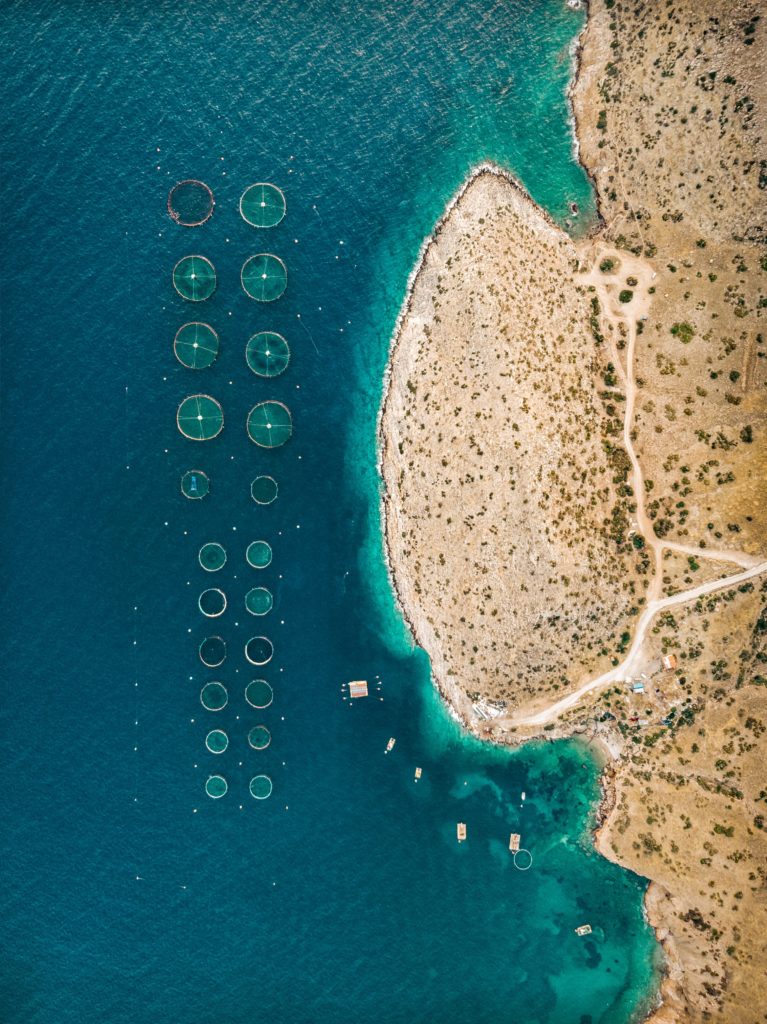- Resources
- article
Is Aquaculture sustainable?
What is aquaculture? There are many myths and misunderstanding, let us try and help.
goodfish
Aquaculture or rather, fish farming, attracts considerable controversy. Some say it’s the most environmentally efficient food system we’ve got. Others say farmed fish are toxic, fed waste products and are polluting our precious oceans. The reality is that all of these things can be true. Let’s discuss.
In terms of broad environmental impact, aquaculture has the potential to grow food more efficiently than most forms of animal agriculture as it can be done with substantially less reliance on natural resources. In the past we have made a lot of environmental mistakes on land and as we increase our focus on fish farming, we are presented with an opportunity to not make those mistakes again in our relatively untouched oceans. This means being incredibly careful in the decisions we make around the species we choose and where we place our farms, the choices we make in feed, and the scale of the farms we are looking to build.
Examples of fish farming that is good for the environment
We’ll start with the positive.
Farmed shellfish like oysters, mussels and scallops are some of our most sustainable food options. Why? Compared to other forms of aquaculture, they require no additional feeding as they tend to draw their nutrients directly from the ocean currents in which they are grown. In this way, they create an incredibly direct link from sunshine to highly nutritious animal protein via plants (in the form of plankton). This of course means that shellfish don’t place any further burden on the environment.

In some cases farming shellfish actually reduces pollution and improves water quality. For example, fertiliser runoff from land based farming is a common water pollutant, but shellfish have the ability to filter this from the water and convert it into food. This also has the added benefit of reducing the likelihood of toxic algal blooms in the area where shellfish farming occurs.
Back on land, redclaw crayfish, marron and yabbies farmed in ponds also often use no additional feed other than the occasional bale of hay to fertilise pond water making these farmed species good sustainable options.
Examples of fish farming that isn’t good for the environment
Unfortunately, not all fish farming is quite so problem free.
There are very different ecological standards across the major species farmed in Australia with Atlantic salmon, barramundi, rainbow trout and yellowtail kingfish all grown in very different ways. A key measure of these standards is how efficiently these farmed species convert their feed, which subsists of ‘forage fish’ harvested from the wild into the desired harvest size and weight. The challenge being that these forage fish, (usually species like anchovies, sardines and mackerel) are caught by factory trawlers and traded all over the world. This is often done with relatively low traceability and ecological control before being used to make the fish feed which is finally used at farms. This is problematic for a number of reasons, least of all inefficiency, because why not just eat the anchovies in the first place?
We look for a forage fish ratio of 1:1 as best sustainability practice, meaning there is at least as much farmed fish being produced as is being harvested from the wild to feed them. There are only a few species and/or individual farms in Australia that come close to this important ratio right now. Barramundi is getting near to this ratio on some farms but this differs across the country, and exciting new species like Cobia and Murray cod are also very close. These species have a bright future, they are delicious and favoured by chefs for their eating qualities making them a worthy consideration as sustainable alternatives.
Sustainability has a number of different elements of course. Southern bluefin tuna are caught in the wild before being grown in ‘sea ranching’ cages off South Australia. The trouble here being that these fish are listed as an ‘endangered’ species and growing them like this continues to impact wild stocks by catching them before they have a chance to breed in the wild. While wild stocks of tuna are recovering, catch quotas set by fishery managers are also increasing which slows this recovery down. Additionally, tuna are also very inefficient feeders, typically needing a ratio of at least 12kg of wild forage fish as feed per 1kg of farmed fish produced.
Many fish farmers are cleverly improving feed ratio by substituting offcuts of fish already caught for human consumption rather than wild fish caught exclusively for aquaculture feed. This is something we consider to be a great approach. Prawn farmers are increasingly using an Australian-developed microbial feed additive that improves prawns’ digestion of wild fish so that much less – almost none in some cases – can be used.
In other cases of unsustainable aquaculture, a species may be farmed in an area that is inappropriate to it’s unique physiology. For instance, if you grow barramundi somewhere a bit cold, the feed ratio gets much worse, and fish get increasingly stressed and vulnerable to disease. Or, if Atlantic Salmon grows somewhere too warm (like in Tasmania, where climate change is rapidly warming waters) the same thing happens.
And then there is pollution, disease and poor treatment of protected species. Tasmania’s Macquarie Harbour has in recent years been famously polluted by salmon farmers, resulting in dead zones on the seafloor and disease outbreaks killing over a million farmed fish. In a separate case, over 2000 fur seals were sedated and transported over land to the other side of Tasmania. This attempt to remove seals from around salmon cages, resulted in their release on the opposite corner of the State only to have many swim back. These forms of gross negligence in environmental management don’t happen in sustainable forms of fish farming.

Fish Farming doesn’t have to be bad
The fact is that examples exist where fish farmers operate in waters for generations with minimal impacts on the surrounding environment (think of the oyster leases that have operated without controversy for decades in our estuaries). Technology does exist so that the water prawns, cobia or barramundi that have been farmed on land, and can be returned to the sea as clean as when they came in. Also, Murray cod are already being farmed in inland irrigation dams so that water, a scarce resource, can be used more than once for premium food production before it gets used on crops and fields.
These stories are a stark contradiction from the snapshot previously mentioned and are all happening in sustainable fish farming in Australia today.
Conclusion
So what does this all mean, and what does it mean for you? Aquaculture is a relatively new industry with a bright future but in some cases it still has a long way to go. Theoretically, aquaculture and fish farming can, and should be a more efficient way of growing food with less environmental impacts compared to land-based animal agriculture. However, the sustainability credentials and technology right now remain significantly varied from fish farm to fish farm and farmed species must be assessed on a case by case basis.
For you at home, remember that we are doing this work for you, and GoodFish: Australia’s Sustainable Seafood Guide currently assesses 92% of species available on the seafood market, including all of the major aquaculture species. So if you are looking for a low impact, sustainable and delicious source of fish, why not try something farmed, just remember to check our guide.
See Australia’s Sustainable Seafood Guide, a free app available on IOS and Android, to help you decide when next you are choosing to buy seafood.
The Australian Marine Conservation Society’s GoodFish project is a community of chefs, restaurants, fishers and wholesalers who work towards supporting healthier oceans.
Insta / @GoodFishproject
